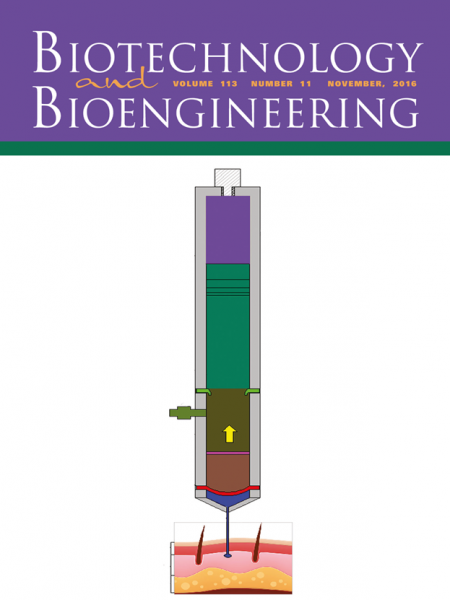Metabolic evolution and 13C flux analysis of a succinate dehydrogenase deficient strain of Yarrowia lipolytica
Bio-based succinic acid production can redirect industrial chemistry processes from using limited hydrocarbons to renewable carbohydrates. A fermentation process that does not require pH-titrating agents will be advantageous to the industry. Previously, a Yarrowia lipolytica strain that was defective for succinate dehydrogenase was constructed and was found to accumulate up to 17.5 g L-1 of succinic acid when grown on glycerol without buffering. Here, a derivative mutant was isolated that produced 40.5 g L-1 of succinic acid in 36 h with a yield of 0.32 g g-1 glycerol. A combination approach of induced mutagenesis and metabolic evolution allowed isolation of another derivative that could utilize glucose efficiently and accumulated 50.2 g L-1 succinic acid in 54 h with a yield of 0.43 g g-1. The parent strain of these isolated mutants was used for [1,6-13C2]glucose assimilation analysis. At least 35% glucose was estimated to be utilized through the pentose phosphate pathway, while 84% succinic acid was formed through the oxidative branch of the tricarboxylic acid cycle.
Biotechnol. Bioeng. 2016;113: 2425–2432.
